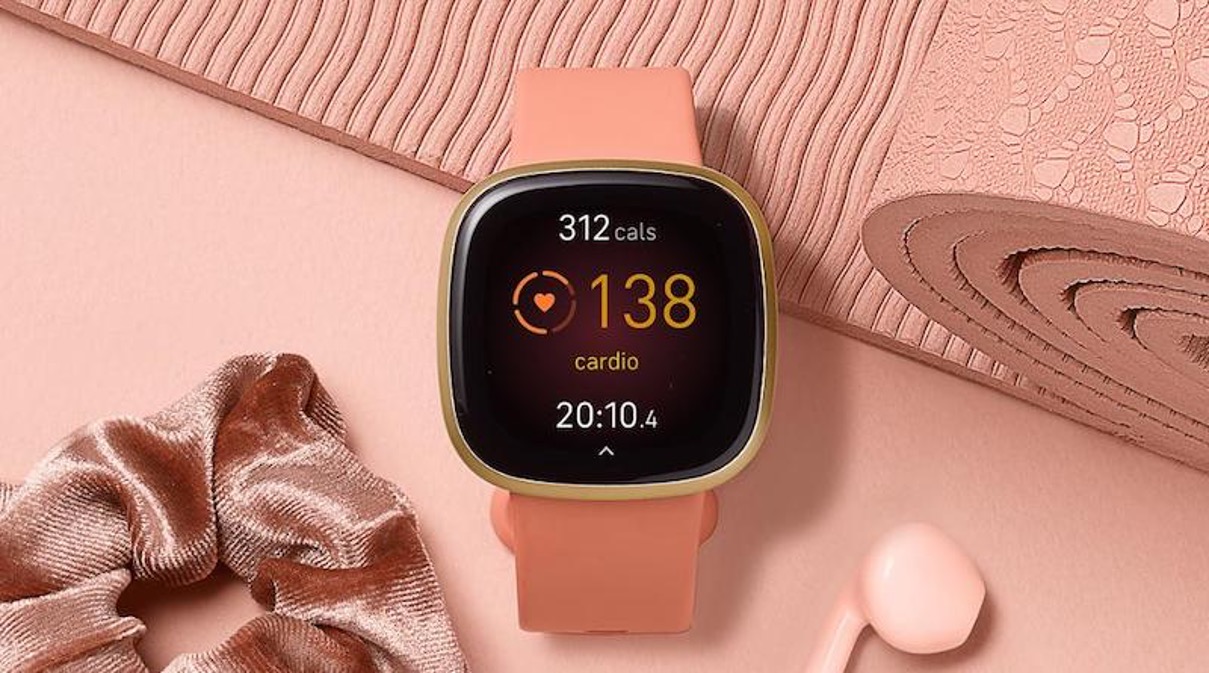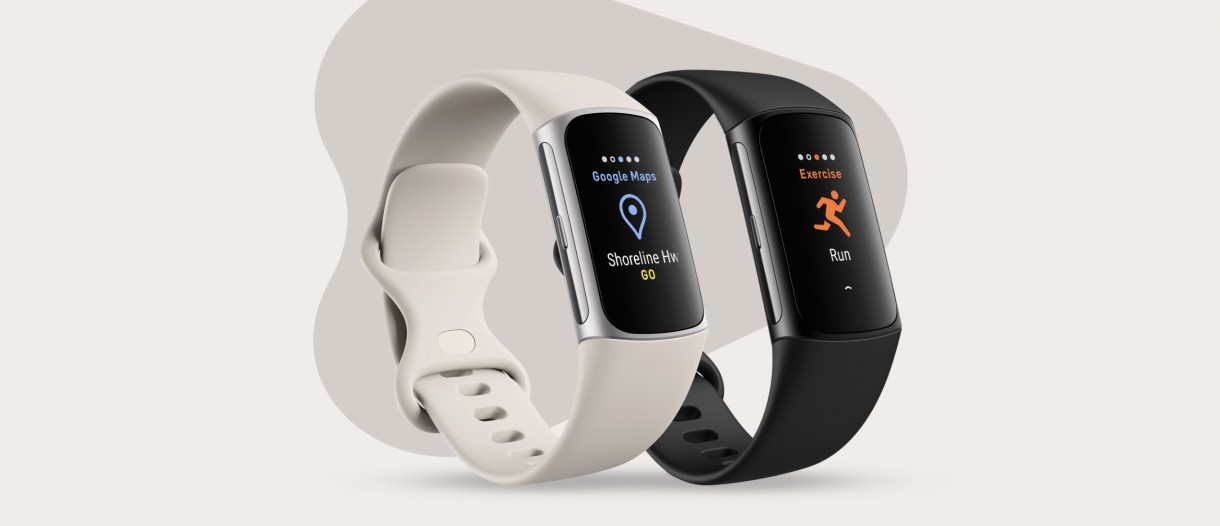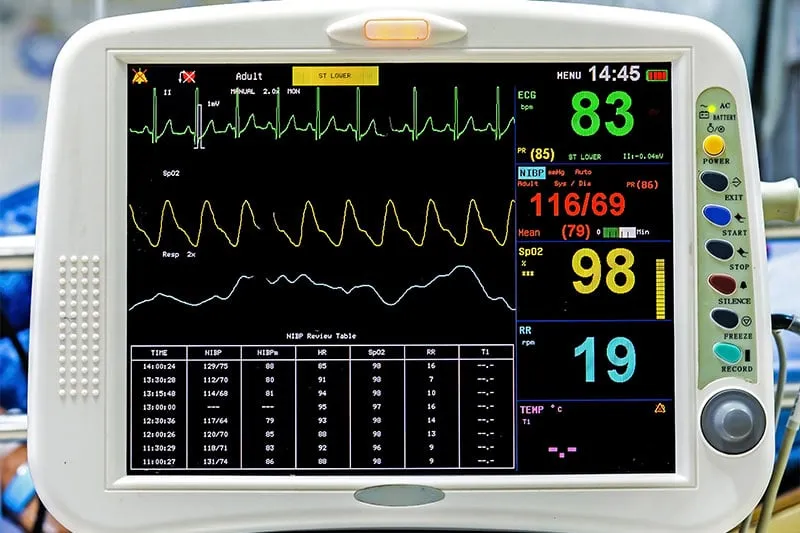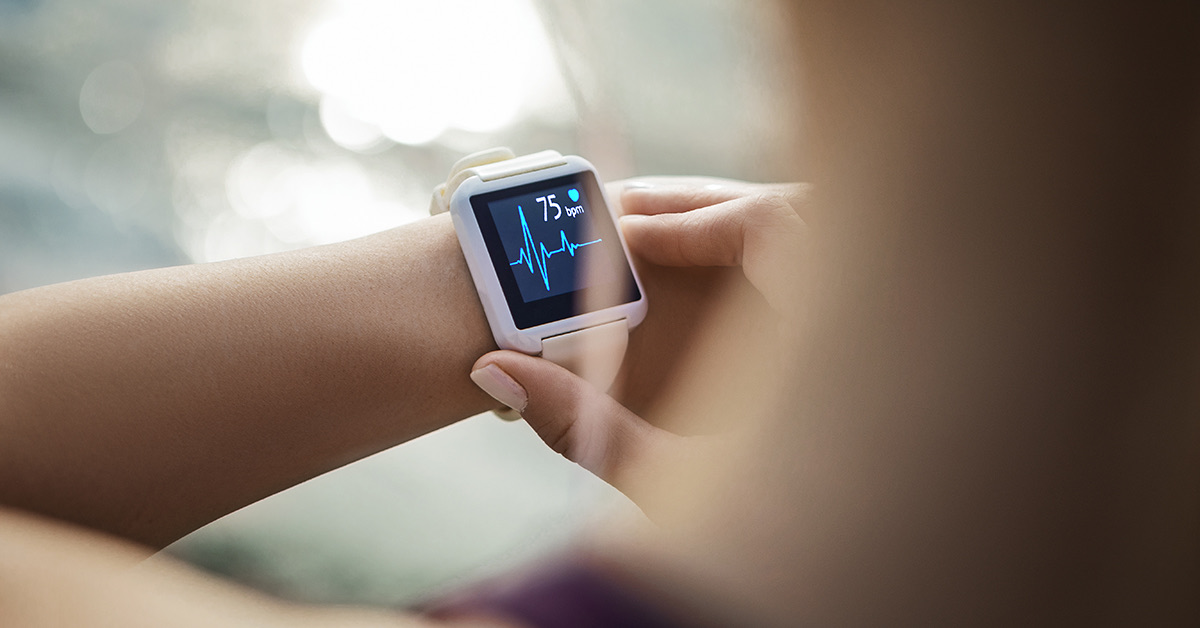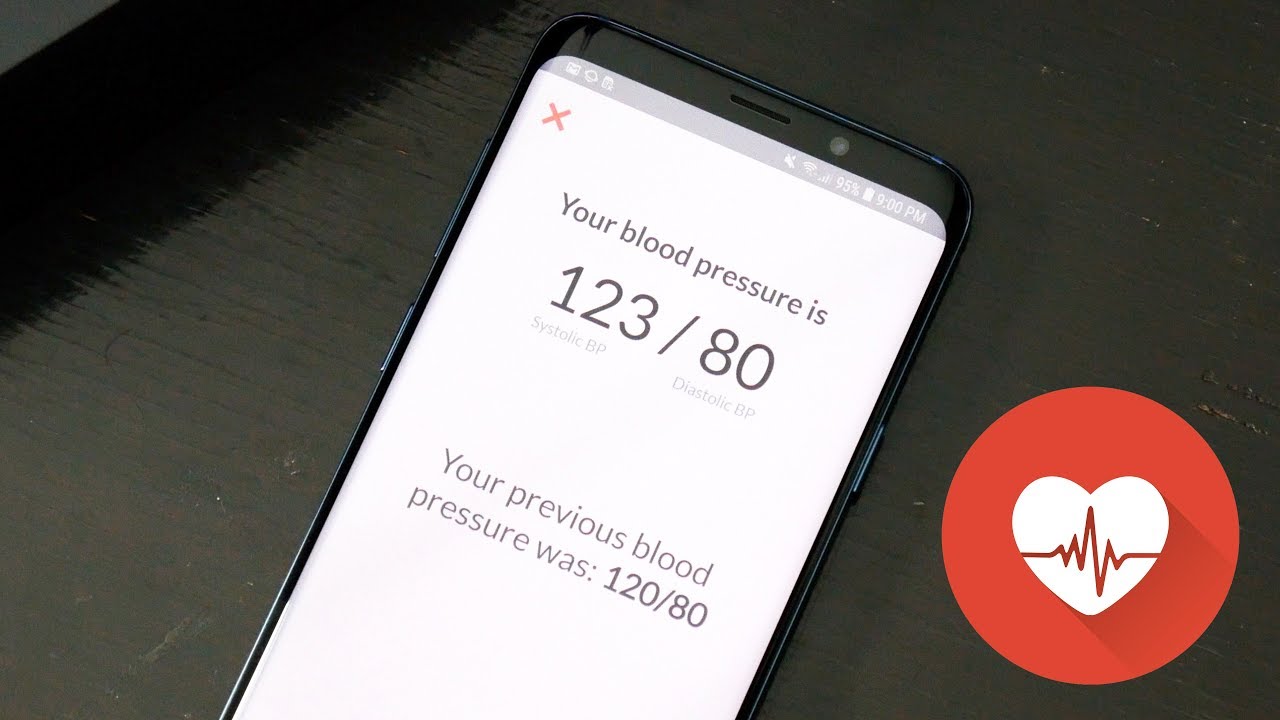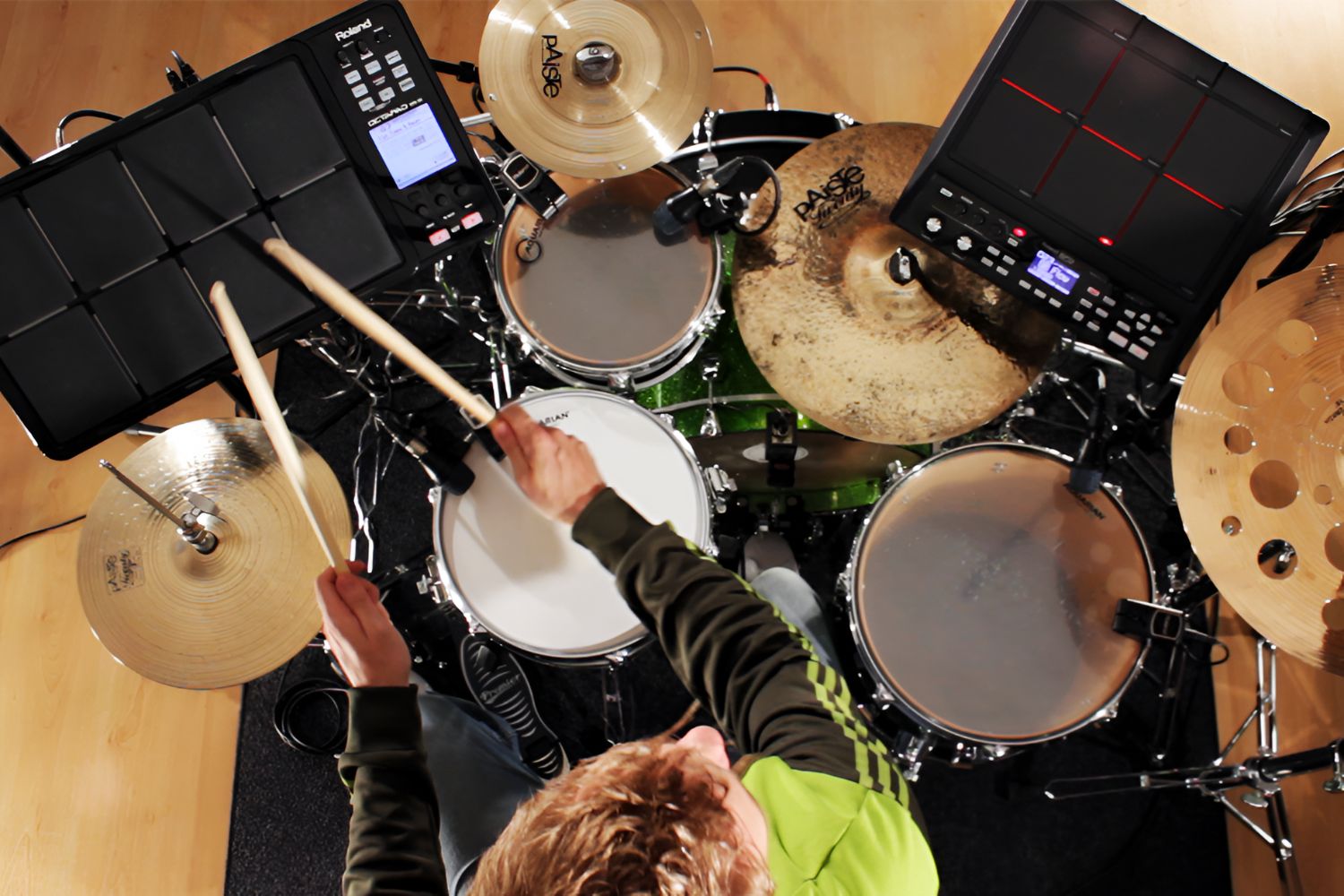Introduction
Welcome to the world of wearables, where technology seamlessly integrates with our daily lives to empower us with valuable insights into our health and fitness. Among the myriad metrics that wearables track, one of the most crucial and fascinating is BPM, or Beats Per Minute. Whether you're a fitness enthusiast, a health-conscious individual, or someone simply curious about how your body functions, understanding BPM and its significance can provide a wealth of knowledge.
In this article, we'll delve into the intricacies of BPM as measured by Fitbit, a leading name in the wearable technology industry. We'll explore the importance of monitoring BPM, how Fitbit accurately measures it, and the normal BPM ranges for various activities. Additionally, we'll decipher the trends and patterns of BPM data on Fitbit, shedding light on how this information can be interpreted to optimize health and fitness routines.
So, if you've ever glanced at your Fitbit and wondered what those BPM numbers really mean, or if you're considering investing in a wearable device to gain deeper insights into your body's performance, you're in the right place. Let's embark on a journey to unravel the mysteries of BPM and discover how it can revolutionize the way we approach our well-being.
What is BPM (Beats Per Minute)?
BPM, or Beats Per Minute, refers to the number of times the heart beats in a minute. This metric serves as a fundamental indicator of cardiovascular health and fitness levels. It is a dynamic reflection of the body's physiological response to various activities, emotions, and environmental factors. By quantifying the heart's activity over a specific duration, BPM provides valuable insights into an individual's overall well-being.
In the realm of wearable technology, BPM holds immense significance as it serves as a cornerstone metric for assessing and optimizing health and fitness routines. Whether at rest or during physical exertion, monitoring BPM enables individuals to gain a deeper understanding of their body's responses and adapt their lifestyle choices accordingly.
Fitbit, a renowned name in the wearable technology landscape, meticulously captures BPM data, allowing users to track their heart rate trends throughout the day. This real-time information empowers individuals to make informed decisions about their physical activities, stress management, and overall health.
Understanding BPM extends beyond mere numerical values; it encapsulates the intricate interplay between the heart, the circulatory system, and the body's physiological demands. By comprehending the significance of BPM, individuals can leverage this knowledge to optimize their fitness regimens, monitor stress levels, and even detect potential health issues.
In essence, BPM serves as a dynamic compass, guiding individuals towards a holistic approach to well-being. It transcends the realm of numbers, encapsulating the pulsating rhythm of life and offering profound insights into the intricate dance between the heart and the body. As we unravel the mysteries of BPM, we embark on a journey of self-discovery, armed with the knowledge to nurture and elevate our most vital organ – the heart.
Importance of Monitoring BPM
Monitoring BPM, or Beats Per Minute, is of paramount importance in the realm of health and fitness. This metric serves as a dynamic window into the body's cardiovascular performance, offering invaluable insights that extend far beyond mere numerical values. Here's why monitoring BPM is crucial for individuals striving to optimize their well-being:
1. Cardiovascular Health Assessment
BPM serves as a reliable indicator of cardiovascular health, allowing individuals to gauge the efficiency of their heart's function. By monitoring BPM trends, individuals can detect irregularities or anomalies in their heart rate, potentially signaling underlying health issues. This proactive approach empowers individuals to seek timely medical intervention, thus safeguarding their cardiovascular well-being.
2. Fitness Optimization
For fitness enthusiasts, monitoring BPM during physical activities provides real-time feedback on the body's response to exercise. By tracking BPM trends during workouts, individuals can gauge their exertion levels, optimize training intensity, and ensure that their fitness routines align with their goals. Whether it's maintaining a steady BPM during cardio sessions or achieving peak BPM levels during interval training, this data empowers individuals to tailor their workouts for maximum effectiveness.
3. Stress Management
BPM serves as a barometer for stress levels, reflecting the body's physiological response to emotional and environmental stressors. By monitoring BPM throughout the day, individuals can identify patterns correlating to stress and employ targeted relaxation techniques to mitigate its impact. This proactive approach fosters a deeper understanding of the body's stress responses, enabling individuals to cultivate resilience and maintain emotional well-being.
4. Holistic Well-being
Beyond cardiovascular health and fitness, BPM data contributes to a holistic approach to well-being. By integrating BPM insights with sleep patterns, activity levels, and nutrition, individuals gain a comprehensive understanding of their overall health. This holistic perspective empowers individuals to make informed lifestyle choices, fostering a balanced and sustainable approach to well-being.
In essence, monitoring BPM transcends the confines of numerical values. It embodies a proactive stance towards health and fitness, offering individuals a dynamic tool to optimize their well-being. By delving into BPM trends, individuals embark on a journey of self-discovery, equipped with the knowledge to nurture their heart, optimize their fitness routines, and cultivate a holistic approach to well-being.
How Fitbit Measures BPM
Fitbit employs advanced sensor technology to accurately measure BPM, providing users with real-time insights into their heart rate dynamics. The cornerstone of Fitbit's BPM measurement lies in its optical heart rate monitoring technology, which leverages photoplethysmography (PPG) to capture the subtle changes in blood volume within the capillaries beneath the skin. This non-invasive approach allows Fitbit devices to continuously monitor heart rate, delivering precise BPM data throughout the day.
The PPG sensor, nestled discreetly on the underside of Fitbit devices, emits green LED light onto the skin, penetrating the outer layers to reach the capillaries. As blood flow within the capillaries fluctuates with each heartbeat, the reflected light varies in intensity. Fitbit's sensor meticulously captures these fluctuations, translating them into a comprehensive BPM profile.
Furthermore, Fitbit's advanced algorithms process the raw PPG data to filter out noise and artifacts, ensuring the accuracy and reliability of BPM measurements. This intelligent processing enables Fitbit devices to discern genuine heart rate signals from environmental interferences, delivering precise BPM readings even amidst dynamic activities and varying skin tones.
Fitbit's commitment to accuracy extends to its continuous refinement of sensor technology and algorithms, ensuring that users receive dependable BPM insights. This dedication to precision empowers individuals to make informed decisions about their health and fitness, confident in the reliability of their BPM data.
In essence, Fitbit's approach to measuring BPM encapsulates a seamless fusion of cutting-edge sensor technology and sophisticated algorithms. This amalgamation delivers a holistic and accurate portrayal of an individual's heart rate dynamics, empowering users to gain profound insights into their cardiovascular performance. As individuals adorn their wrists with Fitbit devices, they embark on a journey of self-discovery, armed with the invaluable knowledge derived from meticulously measured BPM data.
This is the essence of Fitbit's BPM measurement – a harmonious blend of technology and precision, designed to elevate the health and fitness experiences of its users.
Normal BPM Range for Different Activities
Understanding the normal BPM range for various activities provides valuable insights into the body's cardiovascular responses during different physical and emotional states. Here's a comprehensive overview of the typical BPM ranges for different activities:
-
Resting State:
- Normal BPM Range: 60-100 BPM
- During periods of rest, such as sitting or lying down, the heart rate typically falls within the range of 60 to 100 BPM. This baseline BPM reflects the heart's steady rhythm when the body is at ease, devoid of physical exertion or emotional stress.
-
Light Physical Activity:
- Normal BPM Range: 100-120 BPM
- Engaging in light activities such as walking or light household chores elevates the heart rate to a range of 100 to 120 BPM. This moderate increase in BPM signifies the body's response to mild physical exertion, reflecting an elevated but sustainable heart rate.
-
Moderate Exercise:
- Normal BPM Range: 120-150 BPM
- Activities like brisk walking, cycling, or swimming prompt the heart rate to reach a range of 120 to 150 BPM. This heightened BPM reflects the body's adaptation to increased physical demands, facilitating efficient oxygen delivery to muscles and vital organs.
-
Vigorous Exercise:
- Normal BPM Range: 150-180 BPM
- Engaging in high-intensity workouts, such as running, interval training, or intense cardio sessions, elevates the heart rate to a range of 150 to 180 BPM. This robust increase in BPM signifies the body's maximal exertion, optimizing cardiovascular endurance and metabolic efficiency.
-
Emotional Stress:
- Normal BPM Range: Varies
- Emotional stressors, such as anxiety, excitement, or nervousness, can elicit varied BPM responses. Individuals may experience an increase in BPM beyond the typical ranges, reflecting the body's physiological response to emotional stimuli.
Understanding the normal BPM ranges for different activities empowers individuals to interpret their BPM data within the context of their daily routines. By recognizing the expected BPM fluctuations during various activities, individuals can discern patterns, optimize their fitness regimens, and cultivate a deeper awareness of their body's cardiovascular responses.
In essence, the normal BPM ranges for different activities serve as dynamic signposts, guiding individuals towards a comprehensive understanding of their heart rate dynamics. As individuals navigate through the ebb and flow of daily life, these BPM ranges offer invaluable insights, empowering them to optimize their physical activities, manage stress, and embark on a journey of holistic well-being.
Understanding BPM Trends on Fitbit
Delving into the intricate realm of BPM trends on Fitbit unveils a tapestry of insights that intricately weave together an individual's cardiovascular journey. Fitbit, with its seamless integration of advanced sensor technology and user-friendly interface, empowers users to decipher the nuanced patterns of their BPM data with unparalleled clarity.
The dynamic visualization of BPM trends on the Fitbit dashboard encapsulates more than mere numerical values. It unfolds a narrative of the heart's rhythmic cadence throughout the day, offering a panoramic view of cardiovascular responses to diverse activities and emotions. As users navigate through the timeline of their BPM data, they witness the ebb and flow of their heart's performance, unveiling a symphony of physiological responses that mirror the rhythms of their lives.
The comprehensive BPM trends on Fitbit extend beyond individual data points, offering users the ability to discern overarching patterns and correlations. Whether it's the gentle rise in BPM during morning jogs, the steady cadence during meditation sessions, or the robust spikes during intense workouts, Fitbit's BPM trends encapsulate the essence of an individual's cardiovascular dynamics. This holistic perspective empowers users to identify the impact of physical activities, stressors, and emotional states on their heart rate, fostering a deeper understanding of their body's responses.
Fitbit's intuitive presentation of BPM trends transcends static numbers, offering users the canvas to paint a vivid portrait of their cardiovascular well-being. The seamless integration of BPM trends with sleep data, activity logs, and stress assessments provides a comprehensive tapestry of insights, enabling users to optimize their health and fitness routines with unparalleled precision.
In essence, understanding BPM trends on Fitbit is akin to deciphering the rhythmic poetry of the heart. It is a journey of self-discovery, where every BPM trend unveils a chapter in the story of an individual's well-being. As users immerse themselves in the symphony of BPM trends on Fitbit, they embark on a voyage of profound insights and empowered decision-making, armed with the knowledge to nurture their cardiovascular health and elevate their fitness experiences.
Interpreting BPM Data for Health and Fitness
Interpreting BPM data is pivotal in harnessing the full potential of wearable technology for optimizing health and fitness. The nuanced insights derived from BPM data on Fitbit transcend mere numerical values, offering a profound understanding of an individual's cardiovascular responses to various stimuli. By delving into the interpretation of BPM data, users embark on a transformative journey towards holistic well-being.
Tracking Fitness Progress
Interpreting BPM data allows individuals to gauge their fitness progress with unparalleled precision. By analyzing BPM trends during workouts and physical activities, users can assess their cardiovascular endurance, training intensity, and recovery efficiency. This insight empowers individuals to tailor their fitness routines, ensuring that they align with their goals and yield optimal results. Whether it's monitoring the heart rate during endurance training or assessing recovery BPM post-workout, interpreting BPM data offers a comprehensive view of fitness progress.
Stress Management
BPM data serves as a dynamic barometer for stress management, offering insights into the body's physiological responses to emotional and environmental stressors. By interpreting BPM trends in correlation with stress levels, individuals can identify patterns and triggers, fostering a proactive approach to stress management. This insight empowers users to employ targeted relaxation techniques, cultivate resilience, and maintain emotional well-being.
Cardiovascular Health Assessment
Interpreting BPM data provides a comprehensive assessment of cardiovascular health. By discerning BPM trends at rest and during physical activities, individuals can detect irregularities or anomalies in their heart rate, potentially signaling underlying health issues. This proactive approach enables users to seek timely medical intervention, safeguarding their cardiovascular well-being.
Personalized Fitness Optimization
The interpretation of BPM data facilitates personalized fitness optimization, empowering individuals to fine-tune their training regimens based on their unique cardiovascular responses. By analyzing BPM trends during different activities, individuals can tailor their workouts, optimize training zones, and ensure that their exercise routines are aligned with their fitness goals. This personalized approach maximizes the effectiveness of fitness routines, fostering sustainable progress and long-term well-being.
In essence, interpreting BPM data for health and fitness is a transformative endeavor, offering a panoramic view of an individual's cardiovascular journey. As users unravel the intricate tapestry of BPM insights, they gain the knowledge to optimize their fitness routines, manage stress, and safeguard their cardiovascular well-being with unparalleled precision. This interpretation serves as a compass, guiding individuals towards a holistic approach to health and fitness, where every BPM trend unfolds a chapter in the story of well-being.
Conclusion
In the realm of wearables, the exploration of BPM (Beats Per Minute) on Fitbit transcends mere numerical values, unfolding a narrative of the heart's rhythmic cadence and the body's dynamic responses. This journey of self-discovery, empowered by advanced sensor technology and intuitive interfaces, offers users unparalleled insights into their cardiovascular well-being.
As individuals adorn their wrists with Fitbit devices, they embark on a transformative voyage, delving into the symphony of BPM trends that mirror the rhythms of their lives. The seamless integration of BPM data with fitness progress, stress management, and cardiovascular health assessment empowers users to optimize their well-being with precision and insight.
The significance of BPM extends beyond numerical values; it encapsulates the pulsating rhythm of life, offering profound insights into the intricate dance between the heart and the body. Fitbit's meticulous measurement of BPM, driven by cutting-edge sensor technology and refined algorithms, ensures that users receive dependable insights, empowering them to make informed decisions about their health and fitness.
By interpreting BPM data, users gain the knowledge to tailor their fitness routines, manage stress, and safeguard their cardiovascular well-being with unparalleled precision. This interpretation serves as a compass, guiding individuals towards a holistic approach to health and fitness, where every BPM trend unfolds a chapter in the story of well-being.
In essence, the exploration of BPM on Fitbit heralds a new era of proactive well-being. It empowers individuals to nurture their cardiovascular health, optimize their fitness regimens, and cultivate resilience in the face of stress. As users immerse themselves in the symphony of BPM trends, they embark on a transformative journey towards holistic well-being, armed with the knowledge to elevate their fitness experiences and nurture their most vital organ – the heart.







